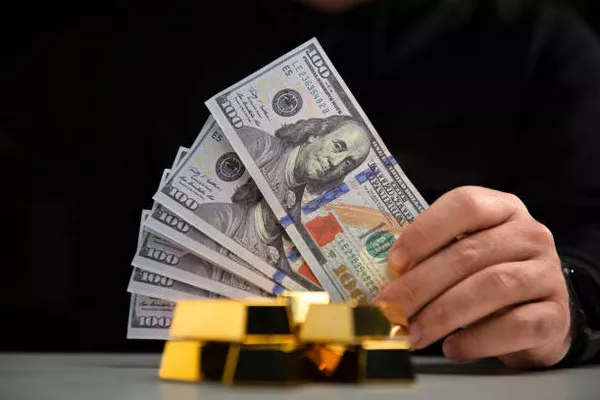In the world of finance and investment, gold has always held a special place as a precious metal with intrinsic value. Investors and enthusiasts often refer to the price of gold per ounce as a benchmark for economic stability and a hedge against inflation. Understanding what one ounce of gold is worth involves delving into various factors that influence its value, ranging from market dynamics to global economic trends.
Historical Perspective:
To comprehend the current worth of one ounce of gold, it is crucial to reflect on its historical significance. Gold has been used as a form of currency and a store of value for centuries. Throughout history, gold has weathered economic downturns, political upheavals, and currency fluctuations, earning its reputation as a safe-haven asset. This enduring appeal contributes to the continuous demand for gold, which in turn impacts its market value.
Market Dynamics:
The value of one ounce of gold is intricately tied to market dynamics that govern the precious metals sector. Like any commodity, gold prices are subject to the forces of supply and demand. Mining production, geopolitical events, central bank policies, and macroeconomic trends all play a role in shaping the market conditions for gold. Additionally, investor sentiment, particularly during times of uncertainty, can drive demand for gold as a safe-haven asset, influencing its price.
Supply and Demand:
The fundamentals of supply and demand exert a profound influence on the worth of one ounce of gold. Gold mining production, which is concentrated in a handful of countries, impacts the overall supply. Factors such as geopolitical tensions, labor strikes, or environmental regulations can disrupt mining operations, affecting the available supply of gold in the market.
On the demand side, gold is sought after for various purposes, including jewelry, technology, and investment. Central banks of nations also play a pivotal role in shaping demand, as they may choose to buy or sell gold reserves based on their economic policies. The delicate balance between supply and demand determines the equilibrium price of gold, reflecting the value of one ounce in the global market.
Global Economic Trends:
The health of the global economy has a direct impact on the worth of one ounce of gold. Economic indicators such as inflation rates, interest rates, and GDP growth can influence investor behavior and attitudes towards gold. In times of economic uncertainty or downturns, investors often turn to gold as a safe haven, driving up demand and, consequently, its price.
Inflation Hedge:
One of the key attributes that contribute to the value of one ounce of gold is its role as an inflation hedge. Gold has historically maintained its purchasing power over time, making it an attractive option for investors seeking protection against the eroding effects of inflation. When inflation rates rise, the real value of currencies tends to decline, leading investors to allocate their assets in assets like gold, which is perceived as a store of value.
Currency Strength:
The value of one ounce of gold is also influenced by the strength of major global currencies, particularly the US dollar. Gold is denominated in dollars on international markets, and an inverse relationship often exists between the value of the dollar and the price of gold. A weaker dollar tends to push gold prices higher, as it takes more dollars to purchase the same amount of gold. Conversely, a stronger dollar may lead to lower gold prices.
Investor Sentiment:
Investor sentiment and market speculation can contribute significantly to short-term fluctuations in the value of one ounce of gold. Traders and investors closely monitor global events, economic data releases, and geopolitical developments, adjusting their positions in response to perceived risks and opportunities. This dynamic nature of the market can lead to volatility in gold prices, impacting its worth at any given moment.
Technological Advances and Industrial Demand:
Beyond its role as a financial asset, gold also possesses unique properties that make it valuable in various industrial applications, particularly in the technology sector. The demand for gold in electronics, medical devices, and other technological advancements can influence its overall value. As technological innovations continue to drive demand for gold in various industries, the interplay between industrial use and investment demand contributes to the overall worth of one ounce of gold.
Conclusion:
In conclusion, determining what one ounce of gold is worth involves a nuanced analysis of various factors, from historical context and market dynamics to global economic trends and investor sentiment. Gold’s enduring status as a safe-haven asset, its role as an inflation hedge, and its diverse applications in technology all contribute to its intrinsic value.As investors navigate the ever-evolving landscape of financial markets, understanding the multifaceted influences on the worth of one ounce of gold becomes essential for making informed decisions and effectively managing portfolios in a dynamic economic environment.


